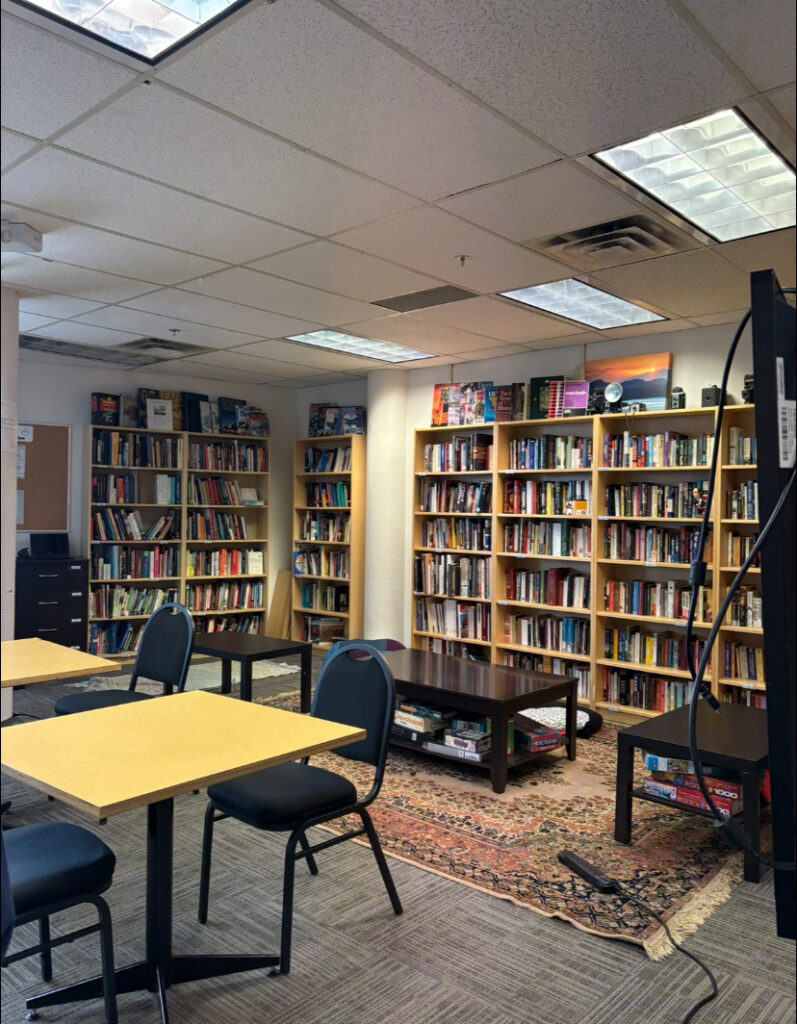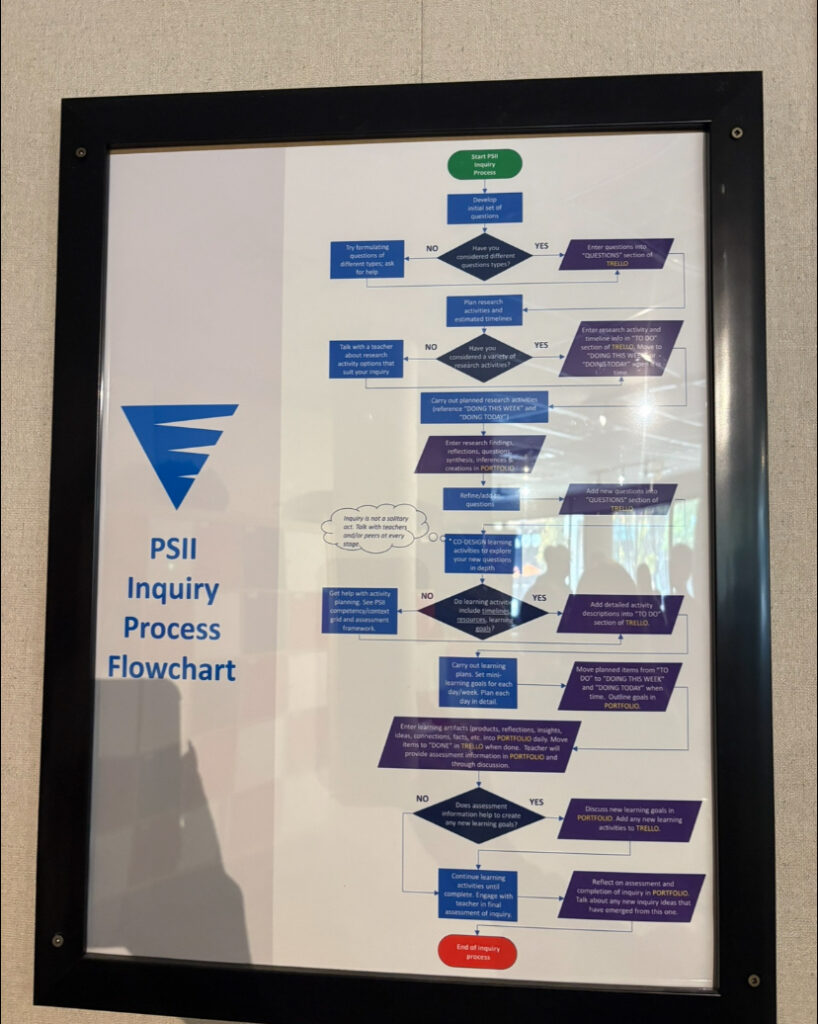After discussing different modalities of multi-access learning, I reflected on my experience with each class structure. By reflecting on my own preferences, and looking through different resources, I can better understand as a teacher how I must find ways to support all learners!
| Hybrid | Multi-access | Online | |
| What is it? | Mix of both online and in person classes. Consecutive based. | Classes are available online and in person, and students can decide on preferred access. | All classes and assignments are online. Asynchronous and text based. |
| The effect on student’s learning | Students usually enjoy hybrid options as there is often a flexibility in pace, access, and socialization. Students have the opportunity to work together, or more independently. This structure can sometimes clash with students who struggle with time management, digital literacy, and prefer consistency. | This structure is best for learners with different schedules, locations, and those who prefer having options in accessibility. It allows students to better understand their learning needs and capabilities. Though, it does require strong digital literacy and may be difficult for instructors to provide content that is accessible through multiple platforms. | Students who are generally self motivated, thrive with this structure, as it is self paced, and includes personalized learning opportunities. These classes can be difficult for those who lack a supportive study environment, technological materials, or are motivated by others. |
| Personal experience | Although I do generally enjoy this class structure, and prefer it over fully online or in personal classes, I find it difficult to create a consistent schedule, and plan my day accordingly when the class changes platforms. I find that the days I enjoy in person classes, and visa versa, are difficult to predict. That being said, I find it helpful to be able to have time to work independently, and have a connection with the teacher as well. I think this structure creates a great class community, and trust between the instructor and the students. | This class structure is definitely my most preferred, as I’ve realized through university. In a class I had last year, every lecture was in person, as well as offered online, and attendance wasn’t mandatory. I respected the trust I had with the prof, who also offered lots of office hours, and encouraged students to reach out to him when needed. I found that some days I preferred to go to class, while other days I felt I could focus easier by watching the class online. I felt it fit well into my class schedule, and promoted both learning and personal management skills. | Though I’ve had different experiences in different classes, I usually don’t prefer having only online classes. I find it difficult to connect with profs, be engaged in class content, and feel motivated to get my work done. I find it hard to maintain a supportive and consistent study environment, and am easily distracted by the things around me. I can understand how this structure can support a certain group of students, and I enjoy how flexible these classes can be, but overall I find it doesn’t support my learning as much as I’d hope. That being said, I think with this structure, the class is heavily influenced by the prof and my interest in the subject. |

